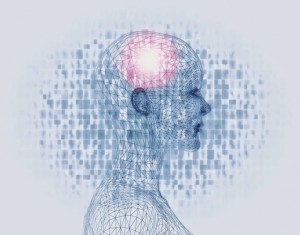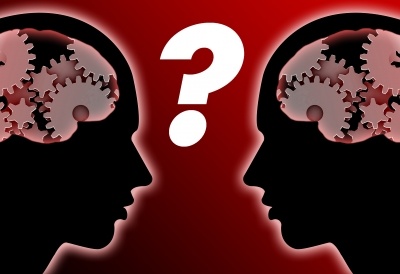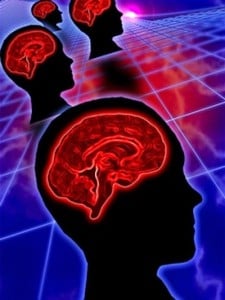Studies have shown that between 4%-5% of American adults have been diagnosed with ADD or ADHD and 11% of American children. Symptoms of ADD/ADHD include trouble focusing, restlessness, excessive and impulsive speech, difficulty with patience, and forgetfulness. The causes of ADHD come from dysfunctional brain activity, which occurs mostly in the frontal lobes and central cortex. Shown by EEGs, brainwaves of children with ADHD have much higher rates of abnormalities in the brainwaves and displayed an excess of slow waves and less of the fast waves by comparison to a child without ADHD. Neurofeedback offers children and adults with ADHD the help needed by directly retraining the brain to function more effectively and eliminate the symptoms of ADHD.
Neurofeedback has proven to be an effective and durable treatment to improve brain function without the use of medications. The process of retraining your brain is painless, noninvasive, and can treat a variety of issues including learning disabilities, behavioral issues, accident-related injuries, medical problems, psychological disorders, performance disability, and physical manifestations.
For the majority of neurotherapy patients, completion of treatment means maintaining improvements durably and indefinitely. There are some situations where a few follow up neurofeedback sessions can be highly effective. We refer to these sessions as boosters, and they can be utilized for the following cases and goals.
One of the most difficult life experiences every person will encounter is coping with the death of a loved one. Death triggers emotional grief that may be so intense and consuming that even the thought of living life normally seems absolutely impossible. There is no right way to grieve, and everyone grieves in their own unique ways. While it is perfectly natural to be sad after losing a loved one, many times grief can lead to depression or make already existing anxiety and/or depression substantially worse.
Neurofeedback, a safe, medication free brain training treatment, aims to improve brain function by targeting areas in the brain that are having trouble functioning. After neurofeedback sessions, the brain functions at a more optimal level, allowing a person to live life more easily. Neurofeedback combined with additional therapies, such as talk therapy, and a well-balanced diet and exercise routine, will noticeably improve day to day life in various ways, including:
Mood disorders are a category of mental illness that cause a significant change in a person’s mood. Depression is a common feature of mental illness with 20% of the US population reports at least one symptom of depression a month. Various types of mood disorders identify depression as the main issue, can hinder a person’s normal function in day to day life. Read our blog “10 Types of Depression" where we discuss different types of depression and how neurofeedback can be used to calm symptoms to improve quality of life.
Emotional symptoms of mood disorders include:









